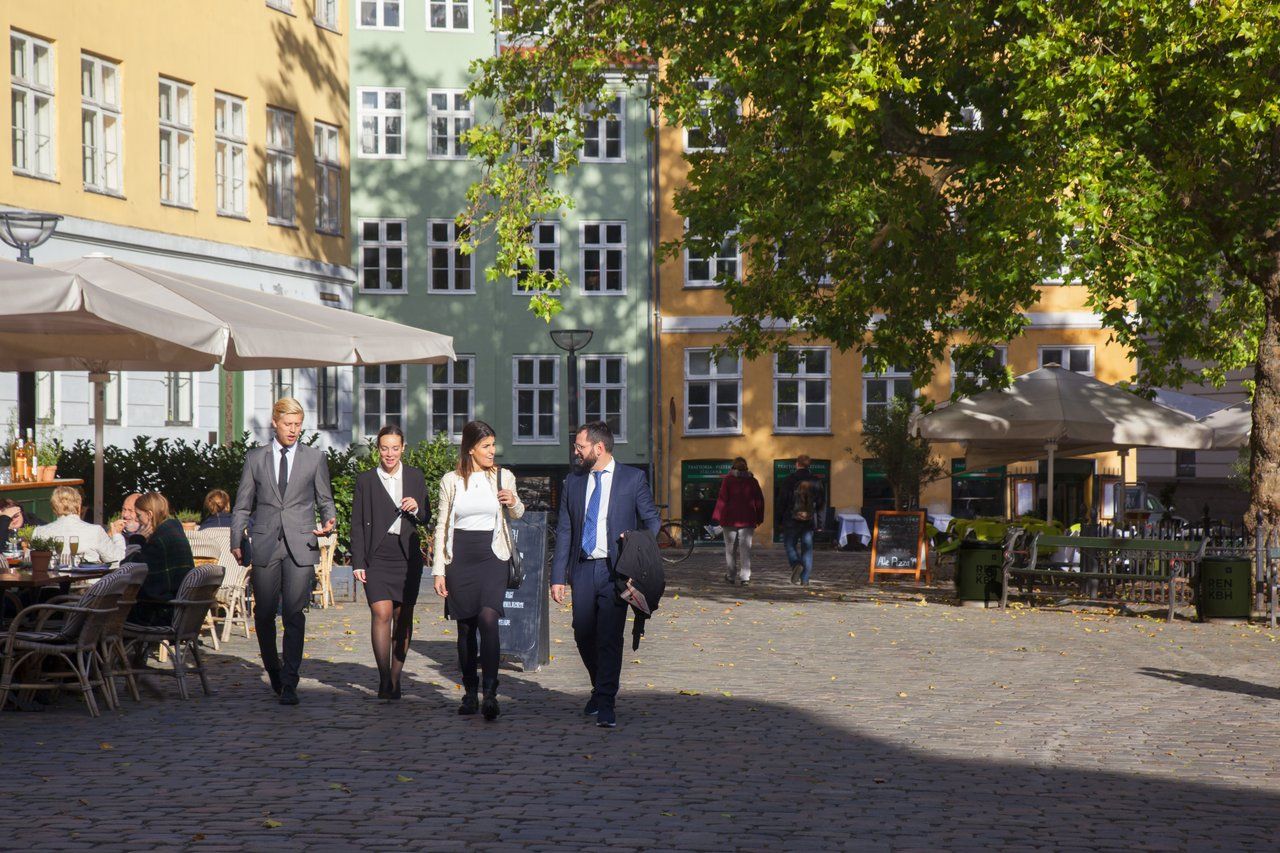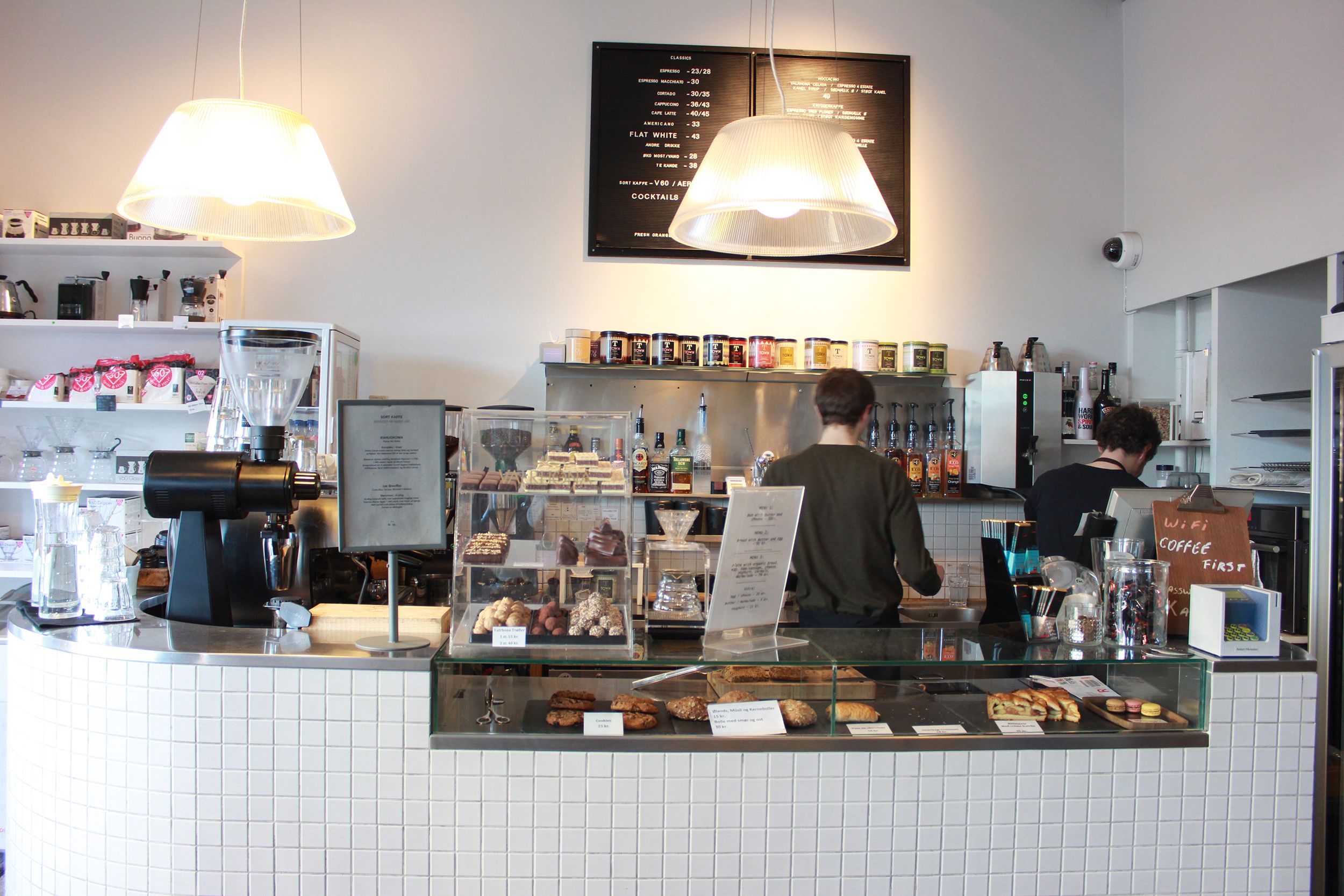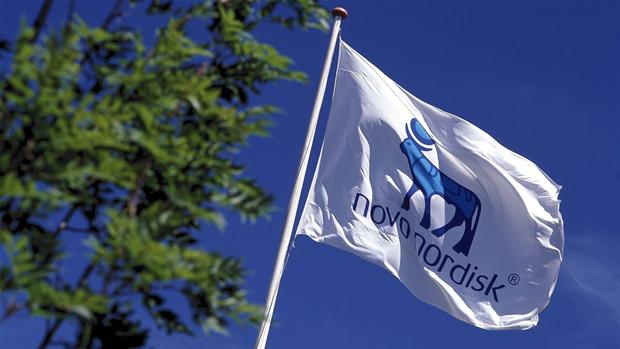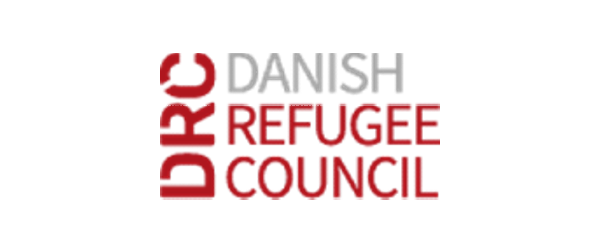The number of people infected with porcine MRSA nearly doubled between 2013 and 2014.
According to Statens Serum Institut, 648 people were stricken with MRSA in 2013. In 2014, 1,276 people contracted the potentially deadly disease.
The authorities had estimated that only around 900 people would be infected. Two of those infected last year died.
More infected herds
One report suggested that the cause of the growth in cases was due to the bacteria being found in more and more herds of pigs.
Some estimate that 60-70 percent of pig herds could be infected. Just eight years ago, the disease was virtually unknown in Denmark.
Hans Jørn Kolmos, a professor and doctor at Syddansk Universitet and Odense University , called the doubling of the number of infected persons "significant" and proof that there is "an epidemic that is out of control".
Only a small part of the picture
Since patients are often only tested for MRSA when symptoms present themselves, the number of people walking around with the disease could be much higher.
Some estimate that between 6,000 and 12,000 Danes could be MRSA carriers without knowing it.
The bacterium is resistant to the usual antibiotics, including penicillin, causing the food authority Fødevarestyrelsen to call it “a threat to public health in the long term”.
READ MORE: Minister outlines plan for tackling MRSA bacteria
Separate the stock
Kolmos said that the high infection rates underscore the need for better management of swine stock. He believes that the use of antibiotics in pig farming is responsible for producing the drug-resistant strains of MRSA. He also said that infected stock should be kept away from MRSA-free herds.
“As long as you combine infected animals into herds that are disease-free, the epidemic will continue,” he told Politiken.













